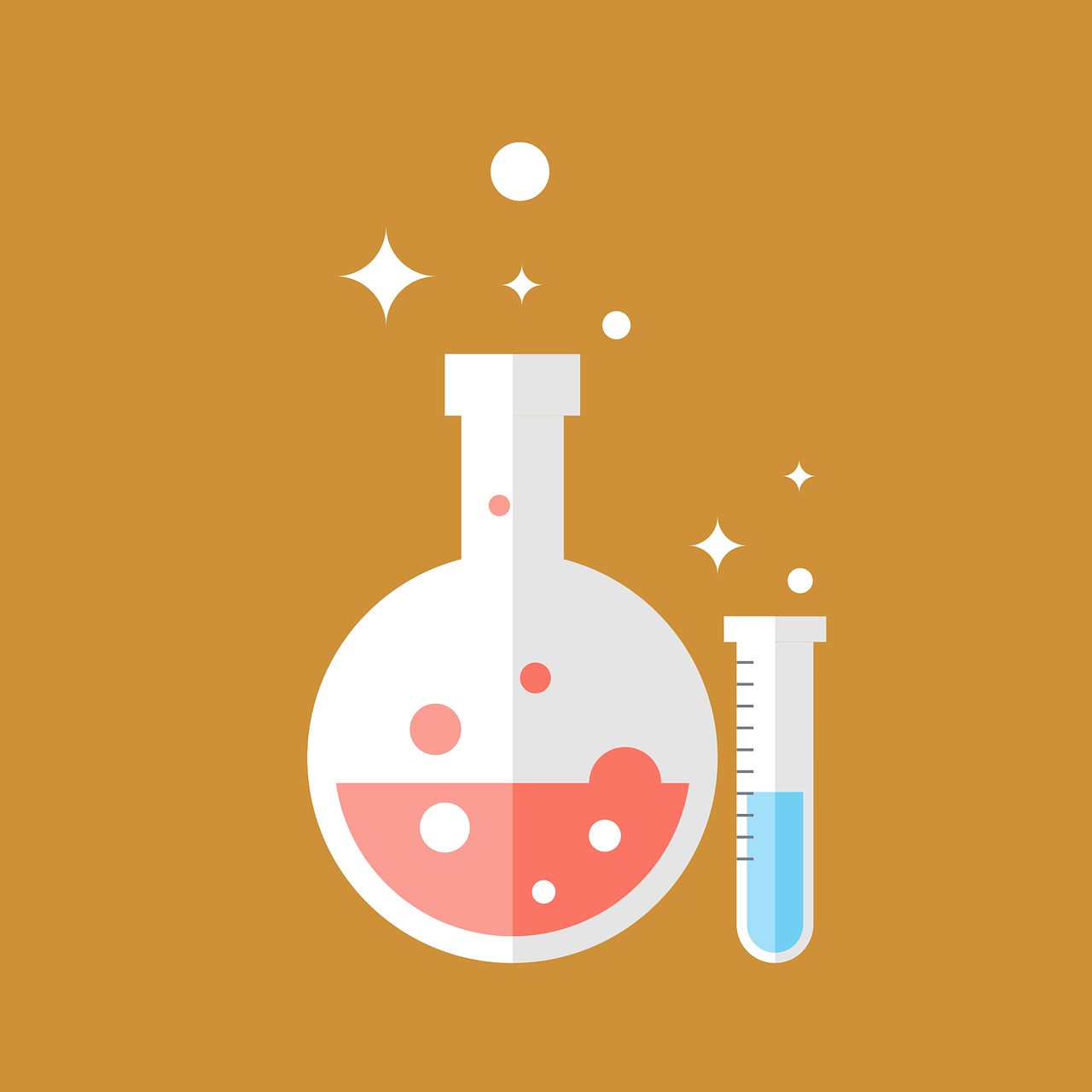Introduction
In the realm of engineering and technology, few inventions have been as transformative as the humble pump. These mechanical marvels, often taken for granted, play a pivotal role in transferring fluids from one point to another, serving as the lifeblood of countless industries and processes. From powering cities with water to facilitating the movement of vital resources in manufacturing and beyond, pumps have emerged as indispensable tools that keep our modern world flowing smoothly. In this article, we dive into the fascinating world of pumps, exploring their types, applications, and the critical role they play in shaping our lives.
The Anatomy of a Pump
At the heart of every pump lies a carefully designed mechanism that harnesses energy to move fluids. Understanding the key components of pumps is essential to appreciating their functionality and versatility.
Impeller or Rotor: The impeller, a central rotating component, imparts kinetic energy to the fluid, creating a flow that propels it through the system.
Casing or Housing: Surrounding the impeller, the casing directs the flow of the fluid and helps generate the necessary pressure for efficient pumping.
Inlet and Outlet: Fluid enters the pump through the inlet and exits through the outlet, driven by the pump’s action.
Motor or Driver: Pumps are powered by various means, including electric motors, engines, or even manual operation, providing the energy needed to set the pump in motion.
Types of Pumps and Their Applications
The diverse array of pump types reflects the versatility and adaptability required to meet the unique needs of different industries and processes.
Centrifugal Pumps: Widely used due to their efficiency and simplicity, centrifugal pumps utilize an impeller to create a centrifugal force that propels the fluid outward. These pumps are ideal for applications requiring high flow rates and moderate pressures.
Positive Displacement Pumps: These pumps transfer a fixed volume of fluid with each cycle, making them suitable for applications demanding precise control of flow rates. Piston pumps, diaphragm pumps, and rotary pumps fall under this category.
Submersible Pumps: Designed to operate while submerged in the fluid being pumped, submersible pumps are essential for tasks like drainage, sewage management, and deep well water extraction.
Reciprocating Pumps: Employing a back-and-forth piston or plunger motion, reciprocating pumps excel in high-pressure applications and are crucial in industries such as oil and gas.
Vacuum Pumps: These pumps create a vacuum or remove gases from a system, playing a vital role in laboratories, manufacturing, and even food processing.
Jet Pumps: Jet pumps leverage high-speed fluid jets to create pressure differentials that transport fluids, making them valuable tools in various industrial settings.
Pumps: Catalysts of Progress
Pumps are the unsung heroes of modern progress, driving innovation and enabling a plethora of crucial processes across diverse industries.
Water Supply and Distribution: Pumps ensure the availability of clean water for households, industries, and agriculture, underpinning public health and development.
Oil and Gas Industry: Pumps facilitate the extraction, refining, and transportation of oil and gas, powering economies and meeting energy demands.
Chemical Manufacturing: In chemical processes, pumps ensure precise mixing and transfer of chemicals, contributing to the production of countless products.
Wastewater Management: Pumps play a vital role in treating and managing wastewater, protecting the environment and public health.
Power Generation: From hydropower to thermal and nuclear plants, pumps are integral to generating electricity that powers communities.
Conclusion
Pumps exemplify human ingenuity harnessed for practical solutions. They embody the fusion of engineering, physics, and innovation, driving progress and shaping the modern world. As we marvel at the seemingly ordinary yet profoundly impactful pump, it becomes clear that these unassuming devices are the backbone of industries and essential to the quality of life we enjoy today. Whether it’s the clean water flowing from our taps, the energy lighting up our homes, or the products we use daily, pumps are the unsung champions that propel us toward a more efficient, connected, and sustainable future.















